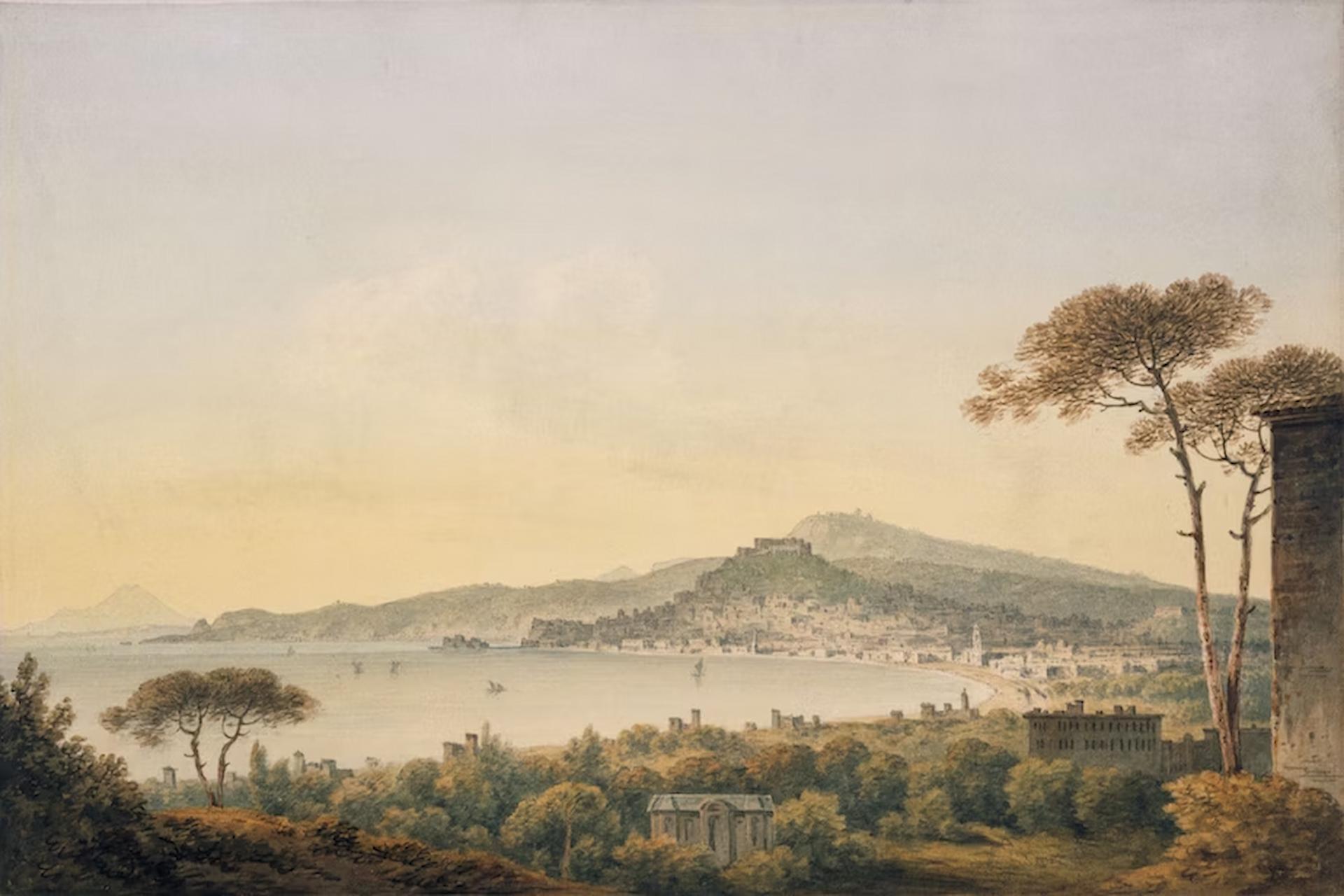Throughout history, ravens have captured the imaginations of artists, writers, and folklore enthusiasts alike. Revered for their intelligence, enigmatic nature, and dark allure, these birds have become iconic figures in art. In this blog post, we delve into the captivating world of ravens in painting, exploring their symbolic significance, artistic interpretations, and the timeless appeal they hold for both artists and art enthusiasts.
The Symbolic Realm of Ravens
Ravens have long been associated with a myriad of symbolic meanings across different cultures and mythologies. Often depicted as mysterious and wise creatures, they are seen as symbols of intelligence, transformation, and magic. In many ancient mythologies, ravens were messengers between the mortal world and the divine realms, carrying secrets and knowledge. These symbolic qualities have made them a captivating subject for artists seeking to convey deeper meanings and explore the human condition through their artwork.
Dark Beauty and Contrast
In the realm of painting, ravens offer a striking visual contrast against various backdrops, whether it be serene landscapes or moody, atmospheric settings. Their black plumage against a vibrant canvas or a stark white background creates a visually captivating effect. Artists often use ravens as focal points in their compositions, drawing the viewer’s attention and inviting them to explore the intricate details of these intriguing creatures. The interplay of light and shadow on their feathers adds depth and texture to the artwork, enhancing the overall aesthetic appeal.
The Artists’ Interpretations
Artists have approached the subject of ravens in a multitude of ways, each offering a unique perspective and interpretation. Some artists depict ravens realistically, capturing their intricate features and precise anatomy, while others choose to portray them in a more abstract or symbolic manner. The choice of artistic style, color palette, and composition all contribute to the overall mood and narrative of the painting. Whether it’s a brooding, atmospheric piece or a vibrant and whimsical portrayal, each artwork offers a glimpse into the artist’s perception of the enigmatic world of ravens.
Ravens as Allegories and Metaphors
Ravens in painting often serve as allegories or metaphors, representing various themes and emotions. They can symbolize the fleeting nature of life, the balance between light and darkness, or the complexities of the human psyche. Ravens are also associated with wisdom and introspection, prompting viewers to contemplate deeper philosophical and existential questions. Artists skillfully infuse their works with symbolism and narrative, allowing ravens to evoke emotions and provoke thought.
Connection to Nature and the Sublime
Ravens in art often evoke a sense of connection to the natural world and the sublime. Their presence in landscapes, forests, or desolate settings adds an element of mystery and intrigue, transporting viewers to otherworldly realms. Ravens perched on branches or in flight create a sense of movement and vitality, reminding us of the intricate web of life and our place within it. Through their artwork, artists aim to capture the essence of ravens and their profound connection to the natural world.
Ravens, with their dark allure and rich symbolism, have enthralled artists and viewers for centuries. Their enigmatic presence in painting allows for exploration of deeper themes, emotions, and connections to nature. From their symbolic significance to the contrasting beauty they bring to compositions, ravens continue to captivate art enthusiasts, inviting us to unravel the mysteries they embody. Whether it’s a realistic portrayal or an abstract interpretation, ravens in painting offer a window into the timeless appeal of these fascinating creatures and the artistic expressions on art prints they inspire.



